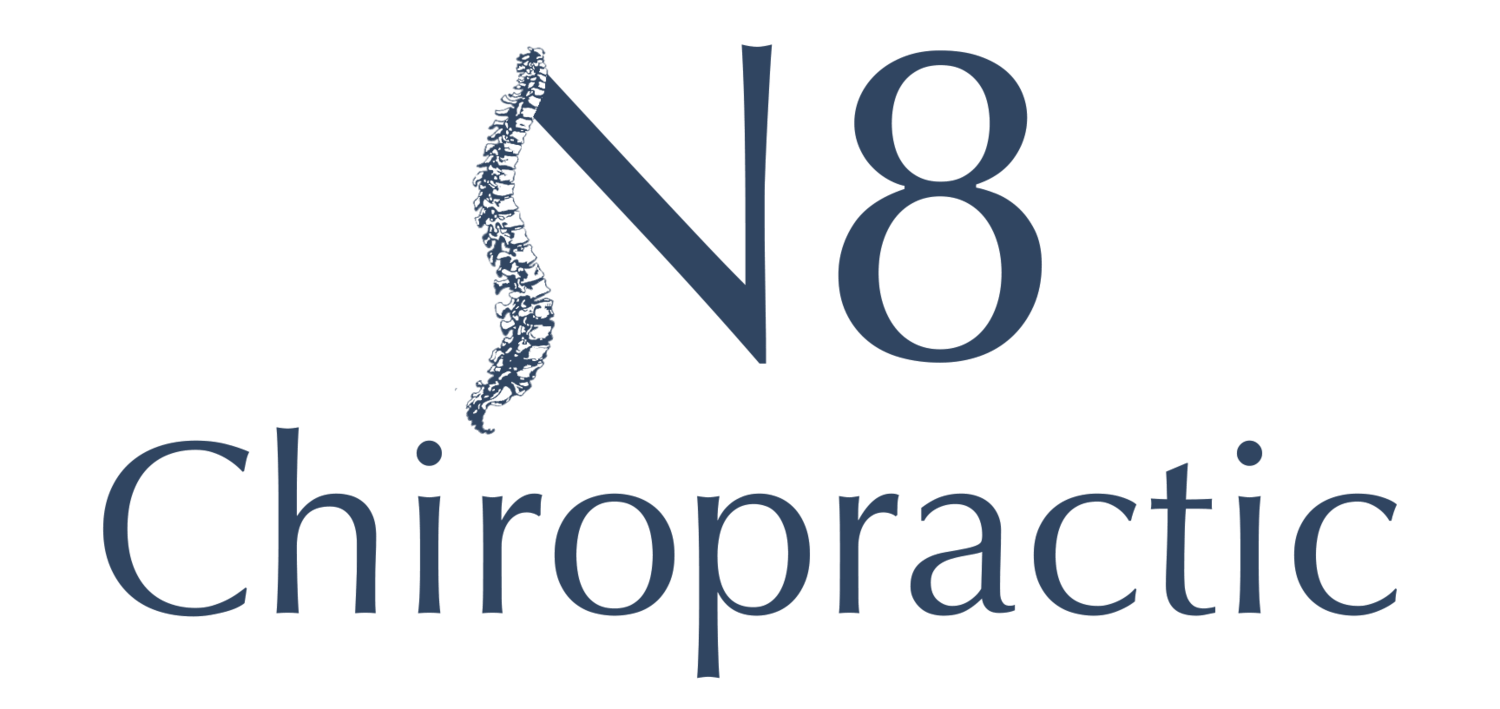What is Whiplash?
Whiplash is a common injury that affects millions of Americans each year.
Those who have been struggling due to a whiplash injury understand the difficulties it can pose. The pain from whiplash can be debilitating and interfere with your daily activities such as work or school. These types of injuries can last weeks or months.
We help and provide a treatment solution for people who suffer from whiplash injuries.
When your neck bends quickly and forcibly forward and then backward or the other way around, or moves beyond its normal range, it can result in a neck strain or injury called whiplash. It is commonly caused by an auto accident, many times a rear-end car collision. The sudden force or blow stretches and rips up the muscles and tendons and ligaments. A collision from any direction or even a slow-speed collision can also cause whiplash.
The pain of a neck strain is sometimes felt immediately. In other cases, it can take several hours or days before the neck begins to hurt.
What Causes Whiplash?
Whiplash injury is mostly associated with rear-end car accidents – a vehicle being struck or hit by another vehicle from behind, pushing the driver’s torso forward. The impact causes the neck and head to fall backward or be forced into a hyperextended position. This abnormal motion causes damage to the tissues (ligaments, facet capsules, muscles) that hold the cervical vertebrae together. Although rear-impact collisions may often cause whiplash injuries, these injuries can also occur from side impact or front impact auto accidents.
A whiplash injury may also be sustained in other ways such as:
- Contact sports like boxing, wrestling, karate, or football
- Horseback riding accidents
- Cycling accidents such as falling off a bicycle
- Accident falls in which the head moves back aggressively
- Blows to the head with a heavy object
- Physical abuse (being punched or assaulted)
- Amusement park rides
What Are the Signs and Symptoms of Whiplash?
The signs and symptoms of whiplash may vary depending on the severity of the injury but the most common symptoms are neck pain and muscle stiffness. Often, these manifest within 24 hours following the accident or incident that caused the whiplash. Other signs and symptoms to look out for are the following:
Common symptoms caused by whiplash:
- Headaches, specifically at the base of the skull and radiating towards the forehead
- Neck pain or stiffness
- Fatigue or constant weariness
- Blurred vision
Other symptoms associated with whiplash injuries:
- Difficulty Concentrating
- Memory problems
- Disrupted sleep or insomnia
- Tinnitus or ringing in the ears
- Mood changes such as feeling anxious or depressed
- Irritability
Consult your healthcare provider immediately if:
- Pain worsens with neck or head movement (e.g. bending your head forward and back or side to side.
- You have numbness or pain in your shoulder, upper back and arms
- Muscles feel hard or knotted
- There is decreased range of motion
- There is a loss of motion
How Whiplash is Diagnosed?
To diagnose whiplash, healthcare providers will examine your symptoms and the event that caused the injury. Doctors will ask questions to understand the severity and frequency of your pain and the level of difficulty experienced when performing the usual daily activities.
Imaging Tests
After an accident, the doctor will thoroughly examine the patient to ensure there is no major injury in the neck, head or other parts of the body requiring immediate treatment. If the doctor suspects fractures, tissue damages or spinal injury, or wants to rule out other problems, he/she may request imaging tests.
X-ray
If your doctor suspects soft tissue injuries, he/she may order X-rays specifically with the head bent forward and backward. This type of X-ray called Dynamic X-ray or Dynamic Radiographs can rule out conditions such as arthritis, spinal fracture, dislocations or broken bones.
CT (Computerized Tomography) Scan
A CT scan captures a more detailed image of the bone and soft tissues that can be viewed on a monitor.
MRI (Magnetic Resonance Imaging)
MRI can scan better soft tissues of the neck and detect injuries and instability than a normal x-ray. It generates a detailed picture of the affected area because of its radio waves and strong magnetic field.
How Whiplash is Treated?
After completing the physical examination and imaging tests, treatment commences. Although whiplash can heal in time, it is best to make sure that injuries heal properly.
The following treatments may help alleviate pain and stiffness and other symptoms of whiplash immediately following an injury:
Apply ice pack
Ice the affected area immediately (for the first 24 hours) after the injury occurs to reduce pain and soreness. Wrap the ice in a cloth or thin towel to prevent injury to the skin. Do it for 10-30 minutes every 3-4 hours for 2-3 days.
Apply moist heat
Use heat on your neck after the initial swelling has subsided, usually after 2-3 days of icing it first. Use warm, wet towels or take a warm bath.
Treatment of whiplash injury may require additional treatment such as:
Chiropractic care
A chiropractor can assess and treat the symptoms related to injuries such as these. They provide conservative treatment options that allow for relief of pain, improved mobility, reduction in swelling and decreased stiffness and muscular spasm.
Posture training
A posture training may be provided (such as keeping the back straight when walking, sitting or standing) to prevent neck pain and stiffness from getting worse or advise the patient to use a firm pillow while sleeping to maintain good posture.
Medical treatment:
For those who have more major injuries due to whiplash, medical care may be necessary. Medical care is often needed with fractures, instability of the area or when surgical intervention is necessary.
Conclusion on Whiplash
Whiplash can be hard to predict or prevent. During a whiplash injury, the ligaments and tendons in the neck are overstretched causing pain and swelling. Joints can be involved in injuries, as can spinal discs.
If you have been in an accident, it is often best to be evaluated for possible injuries. Proper treatment can alleviate pain and help to speed up the healing process. Visit N8 Family Chiropractic for Whiplash Treatment.


